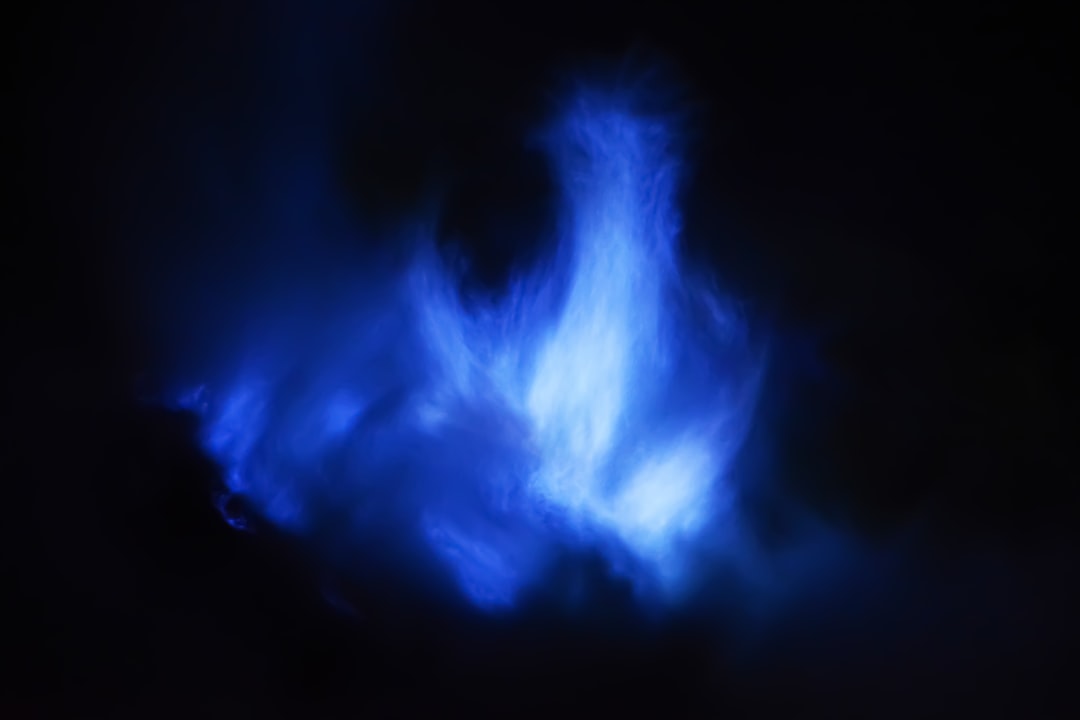What is it about?
The study focuses on a mutant with semi-dwarf and short flag leaf 1, sdsfl1, which was identified and characterized. The sdsfl1 mutant demonstrated some distinguished structural alterations, including shorter plant height and flag leaf length, increased tiller numbers and flag leaf width, and decreased panicle length compared with those of wild type (WT). Genetic analysis suggested that the mutant traits were completely controlled by a single recessive gene. The SDSFL1 gene was mapped to the long arm of chromosome 3 within a region of 44.6 kb between InDel markers A3P8.3 and A3P8.4. The DNA sequence analysis revealed that there was only a T to C substitution in the coding region of LOC_Os03g63970, resulting in the substitution of Tryptophan (Try) to Arginine (Arg) and encoding a GA 20 oxidase 1 protein of 372 amino acid residues. Photosynthesis analysis showed that the photosynthetic rate (Pn), stomatal conductance (Gs), and intercellular CO2 concentration (Ci) were significantly increased in sdsfl1. Chlorophyll a (Chl a), total Chl, and carotenoid contents were significantly increased in sdsfl1 compared with those in WT. sdsfl1 carried a reduced level of GA3 but reacted to exogenously applied gibberellins (GA). Moreover, the levels of abscisic acid (ABA), indole 3-acetic acid (IAA), and salicylic acid (SA) were notably improved in sdsfl1, whereas there was no noteworthy change in jasmonic acid (JA).
Featured Image

Photo by Yuki Ho on Unsplash
Why is it important?
The results thus offer a visible foundation for the molecular and physiological analysis of the SDSFL1 gene, which might participate in various functional pathways for controlling plant height and leaf length in rice breeding 1. Received message. The paper you are referring to is titled "Rice SDSFL1 plays a critical role in the regulation of plant structure through the control of different phytohormones and altered cell structure" and was published in the Journal of Plant Physiology in December 2018 . The study focuses on a mutant with semi-dwarf and short flag leaf 1, sdsfl1, which was identified and characterized. The sdsfl1 mutant demonstrated some distinguished structural alterations, including shorter plant height and flag leaf length, increased tiller numbers and flag leaf width, and decreased panicle length compared with those of wild type (WT). Genetic analysis suggested that the mutant traits were completely controlled by a single recessive gene. The SDSFL1 gene was mapped to the long arm of chromosome 3 within a region of 44.6 kb between InDel markers A3P8.3 and A3P8.4 . The DNA sequence analysis revealed that there was only a T to C substitution in the coding region of LOC_Os03g63970, resulting in the substitution of Tryptophan (Try) to Arginine (Arg) and encoding a GA 20 oxidase 1 protein of 372 amino acid residues. Photosynthesis analysis showed that the photosynthetic rate (Pn), stomatal conductance (Gs), and intercellular CO2 concentration (Ci) were significantly increased in sdsfl1. Chlorophyll a (Chl a), total Chl, and carotenoid contents were significantly increased in sdsfl1 compared with those in WT. sdsfl1 carried a reduced level of GA3 but reacted to exogenously applied gibberellins (GA). Moreover, the levels of abscisic acid (ABA), indole 3-acetic acid (IAA), and salicylic acid (SA) were notably improved in sdsfl1, whereas there was no noteworthy change in jasmonic acid (JA). The results thus offer a visible foundation for the molecular and physiological analysis of the SDSFL1 gene, which might participate in various functional pathways for controlling plant height and leaf length in rice breeding.
Perspectives
The perspective of this study is to provide a better understanding of the molecular and physiological mechanisms underlying the regulation of plant structure in rice through the control of different phytohormones and altered cell structure. The study focuses on a mutant with semi-dwarf and short flag leaf 1, sdsfl1, which was identified and characterized. The results offer a visible foundation for the molecular and physiological analysis of the SDSFL1 gene, which might participate in various functional pathways for controlling plant height and leaf length in rice breeding. The future directions of this research could involve further investigation into the role of SDSFL1 and other genes in the regulation of plant structure in rice, as well as the development of new strategies for improving rice production through the control of different phytohormones and altered cell structure.
Dr. Md. Alamin
Southern University of Science and Technology
Read the Original
This page is a summary of: Rice SDSFL1 plays a critical role in the regulation of plant structure through the control of different phytohormones and altered cell structure, Journal of Plant Physiology, December 2018, Elsevier,
DOI: 10.1016/j.jplph.2018.09.005.
You can read the full text:
Resources
Rice SDSFL1 plays a critical role in the regulation of plant structure through the control of different phytohormones and altered cell structure
The study focuses on a mutant with semi-dwarf and short flag leaf 1, sdsfl1, which was identified and characterized. The sdsfl1 mutant demonstrated some distinguished structural alterations, including shorter plant height and flag leaf length, increased tiller numbers and flag leaf width, and decreased panicle length compared with those of wild type (WT). Genetic analysis suggested that the mutant traits were completely controlled by a single recessive gene. The SDSFL1 gene was mapped to the long arm of chromosome 3 within a region of 44.6 kb between InDel markers A3P8.3 and A3P8.4.
Rice SDSFL1 plays a critical role in the regulation of plant structure through the control of different phytohormones and altered cell structure
The paper describes a study on a rice mutant with semi-dwarfism and short flag leaf (sdsfl1) that was generated from an M2 population of the indica cultivar Zhenong 34. The study found that the sdsfl1 mutant demonstrated some distinguished structural alterations, including shorter plant height and flag leaf length, increased tiller numbers and flag leaf width, and decreased panicle length. The study also found that the sdsfl1 gene might participate in various functional pathways for controlling plant height and leaf length in rice breeding.
Contributors
The following have contributed to this page










